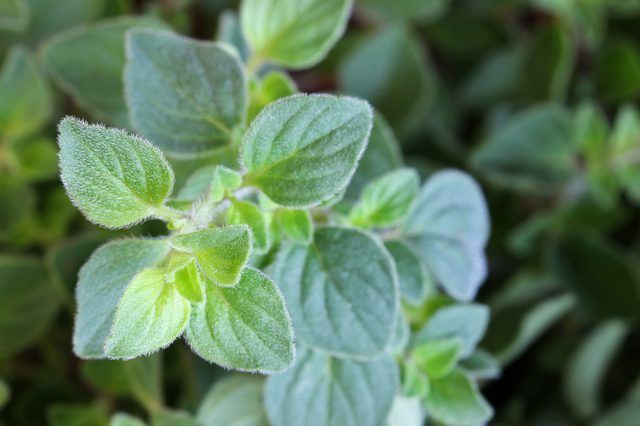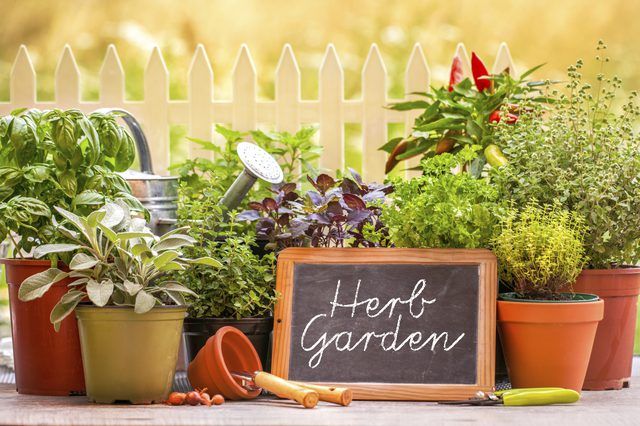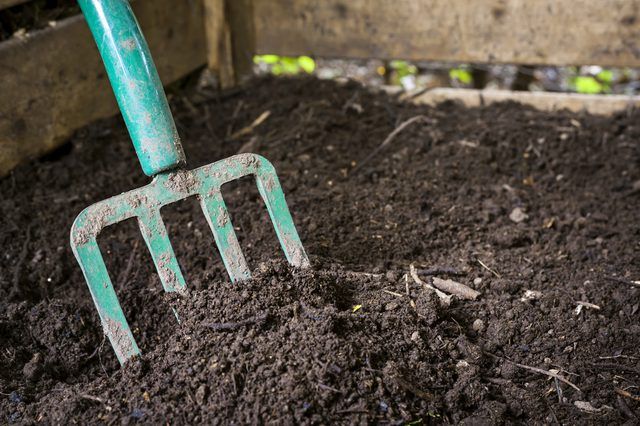Bulbs
Flower Basics
Flower Beds & Specialty Gardens
Flower Garden
Garden Furniture
Garden Gnomes
Garden Seeds
Garden Sheds
Garden Statues
Garden Tools & Supplies
Gardening Basics
Green & Organic
Groundcovers & Vines
Growing Annuals
Growing Basil
Growing Beans
Growing Berries
Growing Blueberries
Growing Cactus
Growing Corn
Growing Cotton
Growing Edibles
Growing Flowers
Growing Garlic
Growing Grapes
Growing Grass
Growing Herbs
Growing Jasmine
Growing Mint
Growing Mushrooms
Orchids
Growing Peanuts
Growing Perennials
Growing Plants
Growing Rosemary
Growing Roses
Growing Strawberries
Growing Sunflowers
Growing Thyme
Growing Tomatoes
Growing Tulips
Growing Vegetables
Herb Basics
Herb Garden
Indoor Growing
Landscaping Basics
Landscaping Patios
Landscaping Plants
Landscaping Shrubs
Landscaping Trees
Landscaping Walks & Pathways
Lawn Basics
Lawn Maintenance
Lawn Mowers
Lawn Ornaments
Lawn Planting
Lawn Tools
Outdoor Growing
Overall Landscape Planning
Pests, Weeds & Problems
Plant Basics
Rock Garden
Rose Garden
Shrubs
Soil
Specialty Gardens
Trees
Vegetable Garden
Yard Maintenance
Herbs You Propagate Through Cuttings
Herbs can be propagated several ways, including by taking a cutting from a mature herb plant. This propagation method is fast and inexpensive.
Buying new herbs from a garden center or nursery can quickly add up. Save money by propagating herbs through cuttings. Taking a cutting is one of four different ways herbs are typically propagated, the other three methods being by seed, by dividing the plant and by layering the plant. To get new herb plants from cuttings, all you need is a mature, cuttings-friendly herb plant and some basic supplies.
Types of Herbs That Grow From Cuttings

For your first try, pick herbs that propagate easily from cuttings:
Rosemary (Rosmarinus officinalis), which grows in U.S. Department of Agriculture plant hardiness zones 6 through 9, thrives in loamy or sandy soil and requires full sun. Its needlelike foliage has a strong, piney aroma and flavor.
Thyme (Thymus vulgaris, USDA zones 5 through 9) has oval-shaped leaves and the small shrub is topped with pink or purple flowers. It does best in full or partial sun and loamy or sandy soil.
Oregano (Origanum vulgare, USDA zones 4 through 8)
grows best in average, gritty, sandy and dry soil in full sun. Oregano
hugs the soil as its spreads, making it useful as an aromatic groundcover.
Lemon verbena (Aloysia citriodora, USDA zones 8 through 10) has citrusy flavors and aromas. A small shrub, lemon verbena does best in full sun and thrives in well-draining, light soil.
Scented geraniums (Pelargonium spp., USDA zones 10 through 11) prefer full sun and sandy soil. Velvety foliage adds texture to a garden, but the trademark showy, multicolored blossoms that make these plants a smart choice for ornamental herb gardens.
Wormwood (Artemisia absinthium, USDA zones 4 through 9) needs full sun and requires extremely well-draining soil, as constantly moist soil causes the herb to rot. It's prized for its silvery-gray leaves and hairy stems.
Tip
"Full sun" means the herb needs a minimum of six hours of direct sun every day. In this case, more is better. Meanwhile, "part sun" equates to four to six hours of sun daily.
Best Practices for Rooting an Herb Cutting

Visit your herb garden in the early morning, before the sun's heat begins to dry and stress the plants, and take a cutting to start a new herb plant.
Things You'll Need
Razor blade
Gloves
Seedling pot
Sand
Perlite
Spray bottle
Rooting hormone
Step 1
Cut a 3- to 4-inch-long cutting from the growing tip of a mature, established herb plant that appears healthy. Make the cut below a growing node, which is the bump on the herb's stem or branch from which leaves sprout. Use a new razor blade and wear gloves to protect your hands.
Step 2
Remove any leaves on the bottom of the cutting so the bottom 1 inch of stem has no leaves.
Step 3
Fill a seedling pot with a mix of equal parts perlite and sand.
Step 4
Push the cut end of the cutting into the sand and perlite mixture, burying the tip approximately 3/4 to 1 inch deep.
Step 5
Fill a spray bottle with water and mist the sand and perlite potting soil twice a day or as necessary to keep the medium evenly moist. The cutting will take root over the course of two to three weeks.
Tip
While not required, dipping the cut tip of the stem into rooting hormone powder may encourage the cutting to grow roots faster. Buy rooting hormone powder from a garden store or nursery.
Warning
Wear gloves whenever you're handling sharp objects. Always cut away from your body when using a razor blade.
Transplanting the Cutting

Once the herb cutting has taken root and begun to produce new leaves, it's ready for transplanting into your herb garden. While every garden is different, several general tips can ensure transplanting success:
Make sure the planting site gets the proper amount of sun for the herb you're growing. In most cases, that's six to eight hours of sun every day.
Prepare the planting site by mixing a 2- to 3-inch layer of compost into the top 12 inches of soil. This enhances drainage, which is crucial for herb health.
Spread a 2-inch layer of mulch around the newly transplanted herbs. This reduces watering needs and blocks out weeds. Keep the mulch 4 inches away from the plant's stem.
Water the herbs when the top 1 to 2 inches of soil feel dry to the touch.
Tip
You can also grow your newly propagated herb cuttings in an herb container garden:
Use a plastic or clay pot that has drainage holes in the bottom -- most herbs cannot survive chronically wet soil.
Use a sterile potting mix, not soil you've dug up from the garden. For herb-friendly, well-draining soil, look for a potting mix that contains organic matter mixed with sand, perlite or vermiculite.
Allow for approximately 1 gallon of potting soil per herb plant. So, if you want to grow five herbs in your container, the container should be able to hold approximately 5 gallons of potting mix.
Try hanging the container or pot, especially if you're raising aromatic herbs. This brings the herbs closer to eye level so you can better appreciate the beauty and fragrance of the plants.